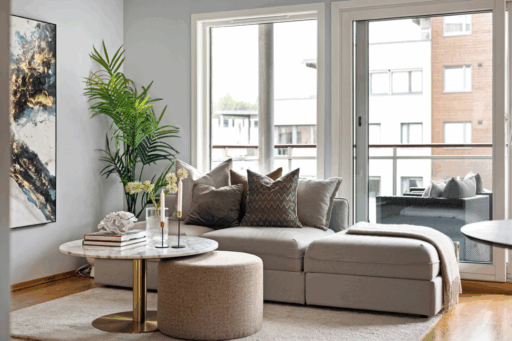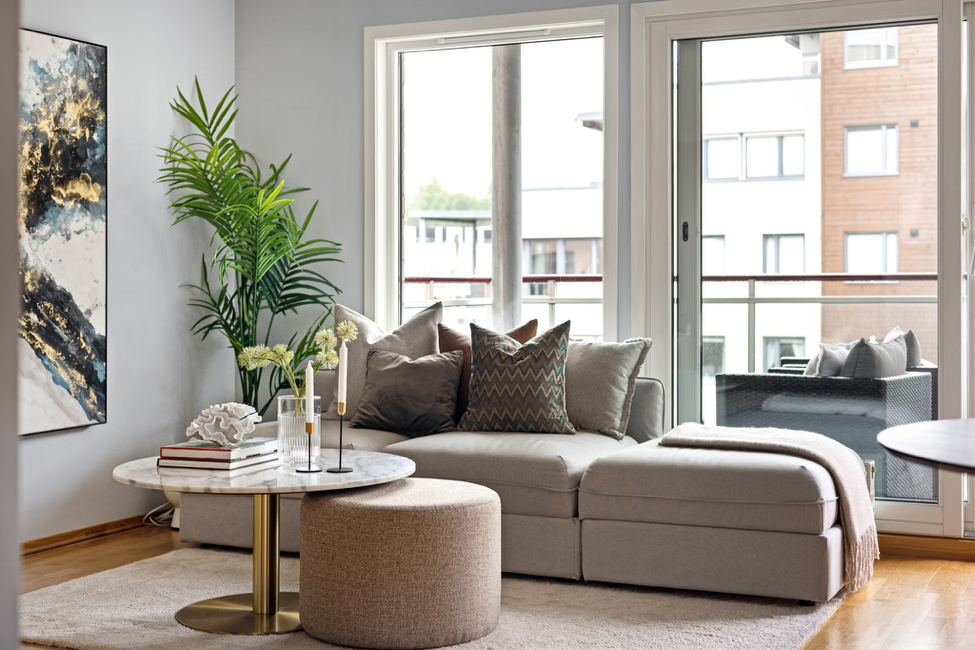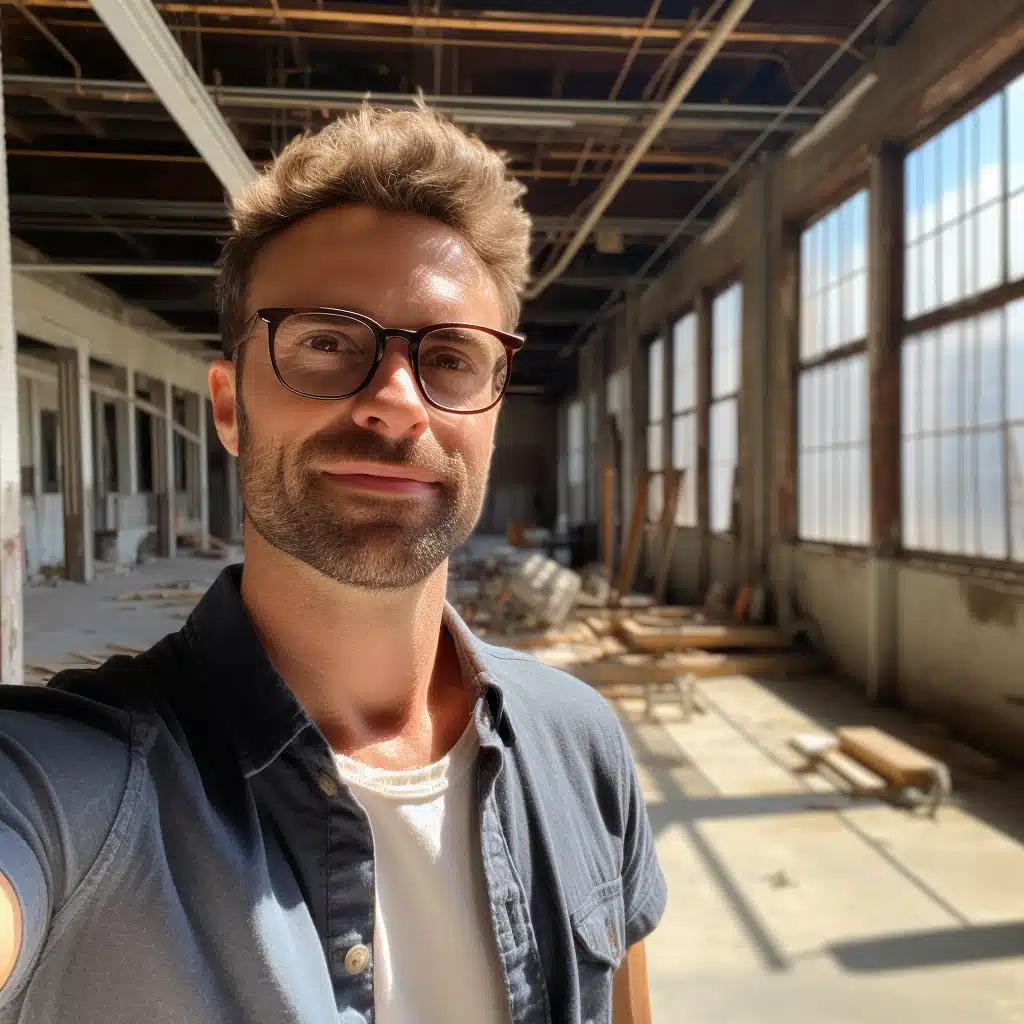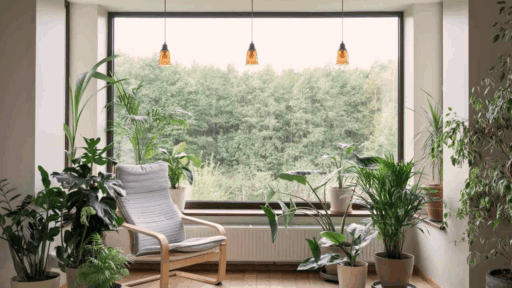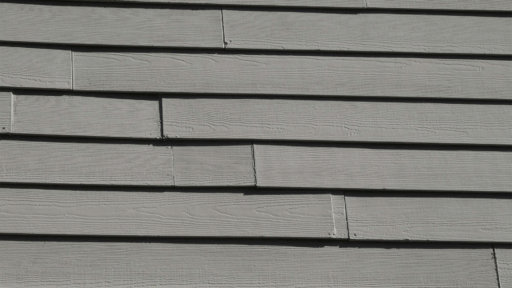Image Source: Unsplash
In today’s world of interior design, form meets function in ever more creative ways. One unexpected star of the design world that’s taken center stage lately? Metal table legs. No longer just a supporting act, these sleek and sturdy elements have become a focal point in both residential and commercial interiors. Their popularity is more than just a passing trend—designers are embracing metal table legs for their versatility, aesthetic impact, and modern edge.
The Rise of Industrial Elegance
There’s been a notable shift in design preferences, with more homeowners and designers gravitating toward industrial-inspired spaces. This style blends rugged textures and raw materials with refined, contemporary elements. Metal table legs play a key role in achieving this look. Whether paired with reclaimed wood, glass, or stone, the metal framework adds contrast, balance, and an architectural element instantly modernizes any room. Designers love how these legs ground a space while allowing the tabletop to shine.
Playing With Shape and Geometry
Metal legs aren’t just about strength—they’re a playground for creative geometry. Designers move beyond straight legs and opt for sculptural shapes like trapezoids, X-frames, U-frames, and abstract angular forms. These shapes do more than hold up a table—they anchor the room with visual interest. The ability to mold metal into clean, crisp lines or dramatic curves opens up endless possibilities that cater to minimalists and bold stylists alike.
Minimalism Meets Functionality
In minimalist interiors where every element must serve a purpose and contribute to the overall look, metal table legs deliver on both fronts. Their clean lines and open space underneath offer a light, airy feel ideal for smaller rooms or open-concept layouts. Unlike bulkier wooden bases, metal legs can provide a sense of openness while being extremely durable. Designers use this advantage in compact urban homes and modern office settings.
A Mix of Materials That Pops
Metal table legs are often used as a contrasting element when paired with organic or textured materials. For example, a live-edge wood slab mounted on matte black steel legs strikes the perfect balance between rustic and refined. Designers are experimenting with combinations like brass legs under marble tops, stainless steel with reclaimed oak, or powder-coated aluminum with concrete. The result is a bold yet harmonious blend of textures that feels custom and carefully curated.
Durability That Doesn’t Compromise Style
Designers aren’t just after looks—they also value durability and longevity. Metal table legs offer unmatched strength, holding up under the weight of heavy tabletops while resisting wear and tear. This reliability is essential in high-traffic spaces like dining rooms, conference areas, or commercial lounges, but with the wide range of finishes available—from brushed nickel and powder-coated matte to polished chrome—style is never sacrificed for strength.
Customization Is the New Luxury
Custom table designs are in high demand as homeowners increasingly seek unique, tailored interiors. Metal legs allow for endless customization options. Designers work closely with metal fabricators to create one-of-a-kind bases that fit the exact dimensions and design style of a client’s vision. From asymmetrical silhouettes to color-matched finishes, these legs can transform a simple table into a conversation piece that reflects personality and purpose.
Making Statements in Commercial Spaces
Beyond homes, metal table legs are dominating the commercial scene. In restaurants, cafes, co-working spaces, and boutique hotels, designers choose metal bases for their durability and chameleon ability to complement any brand aesthetic. Sleek stainless steel can convey a high-end luxury feel, while raw black steel gives off an industrial, laid-back vibe. In every case, they help establish an intentional and stylish atmosphere.
Sustainability in Style
There’s also a growing push toward eco-conscious design, and metal table legs fit right in. Many are made from recycled or recyclable materials, and their long lifespan means fewer replacements and less waste. Designers prioritizing sustainability can now source ethically made metal furniture components without compromising their creative goals. This makes metal legs not just a fashionable choice but a forward-thinking one as well.
Bridging Past and Present
Interestingly, metal table legs are also helping to revive vintage styles. Mid-century modern tables with iconic hairpin legs or Art Deco-inspired gold bases are making a strong comeback. Designers use these references as a springboard for contemporary reinterpretations, blending nostalgic forms with current materials and proportions—this seamless fusion of old and new results in timeless pieces that transcend trend cycles.
The Designer’s Favorite Secret
Ask designers about their favorite table design trick; many will point to the legs. It’s one of the most overlooked elements when planning a space, yet it holds so much potential. Metal legs offer a dynamic, artistic foundation that allows the rest of the table—and the entire room—to be elevated. Whether used to create contrast, draw the eye, or simply provide structure, they’ve become an indispensable part of today’s design vocabulary.
The resurgence of metal table legs in interior design isn’t just a fleeting style moment—it reflects how modern aesthetics are evolving to embrace both strength and sophistication. Designers use these sleek supports not merely as structural elements, but as bold design statements that bring depth, texture, and character to every space. From minimalist lofts to luxurious dining rooms, metal table legs are proving they’re here to stay, trend or not.

